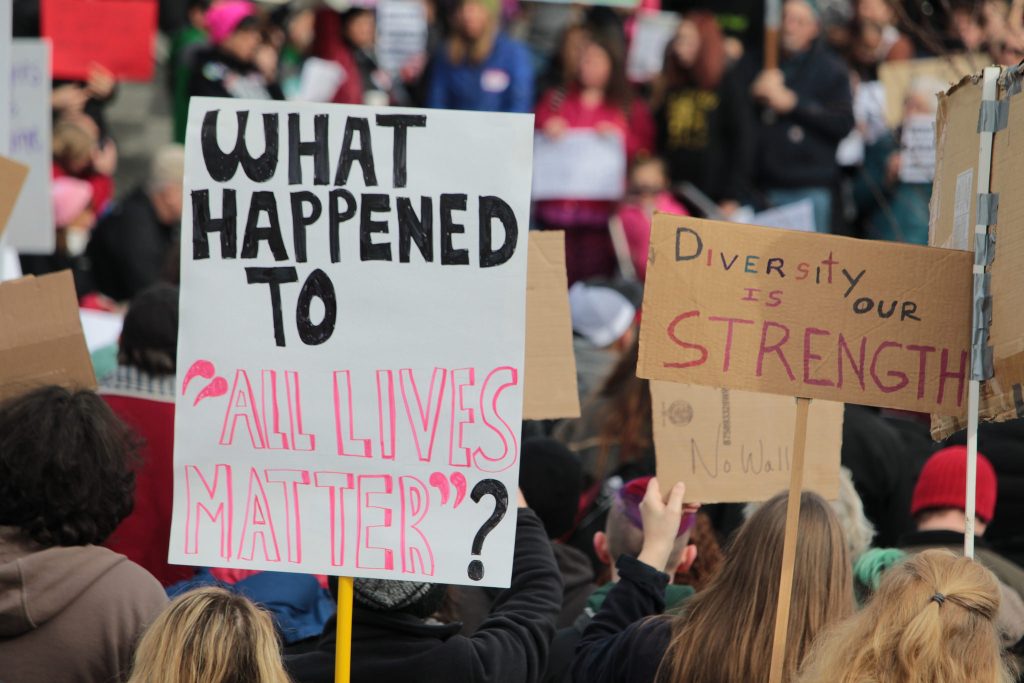
Starbucks closed all of its corporate-owned stores nationwide May 29 for a day of racial bias training. This, of course, was implemented in light of the incident that occurred in which two black men were wrongfully arrested in a Philadelphia Starbucks on April 12. The company took swift action, ensuring the same type of racial profiling does not happen in its stores again.
I can’t help but wonder how effective these few hours of training will be on helping to fight racial bias in public spaces.
Regardless, I am proud of Starbucks for taking the initiative to reinforce to its employees how important it is to fight hate and racism, but does it really need to be said that people shouldn’t be racist?
The training methods employed by the company were pretty typical of those of big corporations. The agenda for the training included several different collaborative activities, including conversations on “making every customer feel they belong” and “structural bias.” Employees were considered to be “color brave” instead of “color blind.” They had to work in groups of three to five for most of the day, and watch several training videos on an iPad that each group shared with each other.
Each group was given a “team guidebook,” which included instructions on how to follow along with the videos they were shown and a structure on how to discuss and reply to comments from coworkers about the videos. Employees also kept track of their thoughts and experiences with this training in their own personal journals given to them by the company. Starbucks executives, such as chairman and founder Howard Schultz and CEO and president Kevin Johnson, were featured in the videos, as well as artists and public figures, such as rapper Common. The videos covered sehveral different topics, including the presence of systematic racial bias in the U.S. and a short documentary on the history of black peoples’ access to public spaces.
Starbucks considers its stores a “third place,” which is a place in which anybody can feel comfortable, no matter their race, religion, gender, etc. It seems that Starbucks took plenty of time and put genuine care into reiterating its mission to provide this “third place” for all. It is not easy to send a powerful message to thousands of employees across America, but Starbucks’ commitment to closing down completely for one day in the name of this cause was a smart move. It asserted itself as a company with values that is dedicated to providing a genuinely comfortable environment for all its customers.
However, only time will tell if the training will have any impact on how future situations regarding racial profiling will be handled. America has a sordid past involving racial bias, and nothing can be done to change that. To this day, many instances of profiling and discrimination happen, regardless of laws put in place that were intended to prevent this and the increase of widespread morals that indicate there is no reason to hate or wrongfully stereotype somebody because of their skin color.
Also, given America’s history with racism, it goes without saying that after all of the atrocities committed against non-white people, being racist or prejudiced is not acceptable anymore; it never should have been in the first place. Therefore, it seems ridiculous that Starbucks would even remind its employees to not racially profile anybody, but clearly it was a necessary step the company needed to take, especially given what happened in April.
A few hours of reading through a handbook and watching training videos will not eradicate racism; only peoples’ actions will. The company knows this and has acknowledged America’s extensive history of racial prejudice. If Starbucks employees retained any valuable information from this day of training, it will only serve to benefit the company and its cafes in the future. But, if not, then beneficial resources have been wasted.
It is an unfortunate reality that people of color often face discrimination in public spaces, and have in America for years. The responsibility to make everybody feel comfortable and create inclusive environments for all falls on the shoulders of companies like Starbucks who offer public spaces and provide a type of service.
Starbucks’ racial bias training methods may not be the most effective in eradicating racial prejudice, but they are a step in the right direction.

